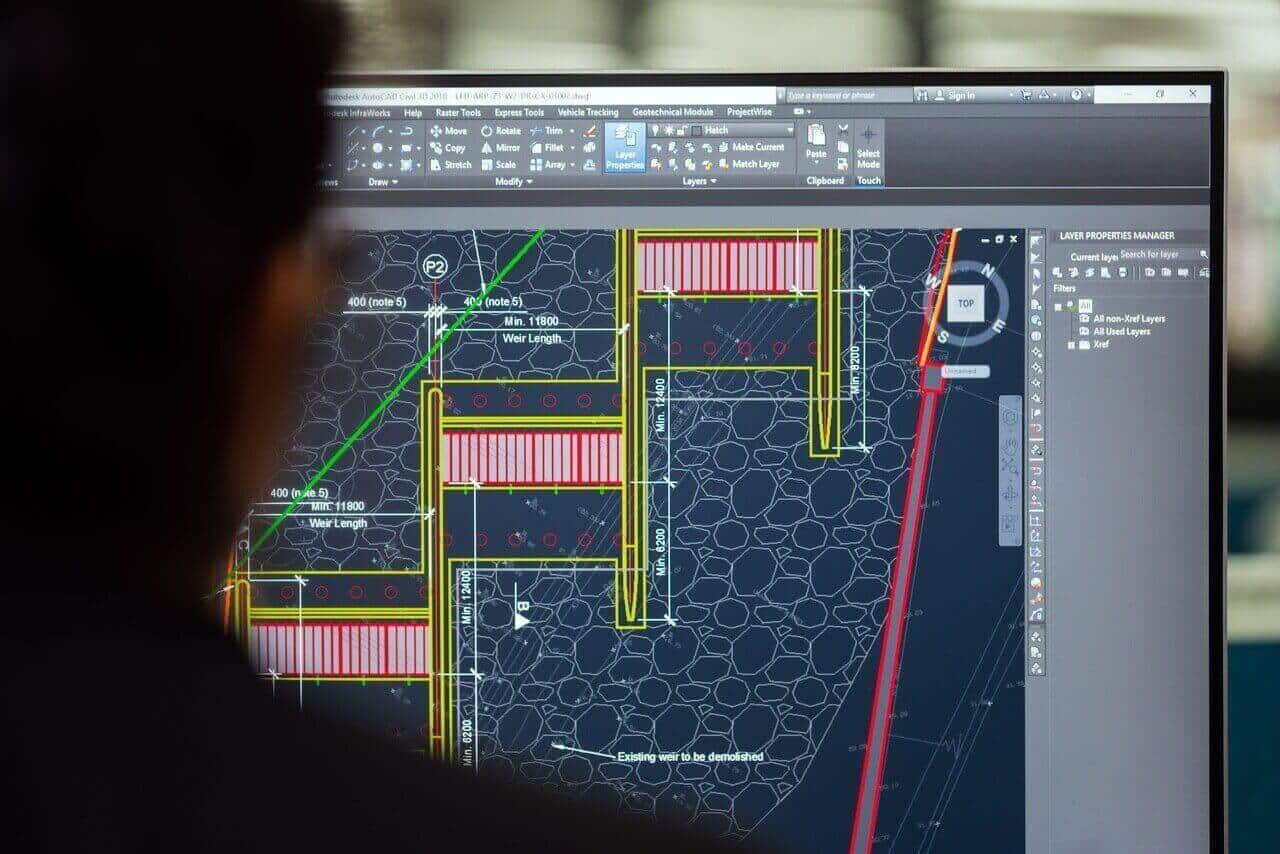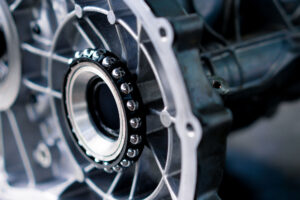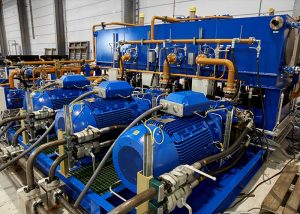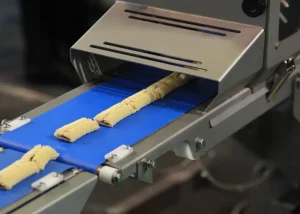Over the last few decades, Predictive maintenance is addressed as one of the most innovative solutions for anticipating failures in machinery and has made enormous progress in a variety of industrial sectors.
Predictive maintenance is sometimes confused with preventive maintenance in that it is designed to address potential equipment problems before they cause a breakdown. A shift to condition monitoring is essential and results in major improvements and reduced costs for an organization that has been operating with breakdown maintenance or regular planned maintenance.
Condition monitoring means you will be forewarned of any situation that may occur before it does, this signifies that the skill to plan for downtime in an industrial environment is valuable as the true cost of unplanned downtime due to a failed asset is often widely underestimated. An example is the cost of needing to store large numbers of spare assets in case any of the assets develops a fault and depending on the severity of the machine break, other machines may be damaged as a result.
In modern industries, alarms are typically built in to alert operators when a malfunction occurs. However, you can also prevent potential problems before they become major issues by implementing predictive maintenance. A remote monitoring system can be integrated with the right sensors and data logging functionality to prevent high-level equipment failure, extend pump life and minimize station downtime.
For maximum flexibility, you’ll want to use cloud-based cellular systems. They’re more likely to have redundant servers, real-time monitoring, and data acquisition, which means they’re more stable. Furthermore, switching to cellular service, If the device unexpectedly stops communicating, an offline alarm will be generated.
Rather than performing maintenance tasks based strictly on time intervals, predictive maintenance uses real-world data from the equipment to determine when and what to perform maintenance on. Although the benefits of predictive maintenance are numerous, deployment can be challenging. So, before you start, it is important to have a well-defined plan covering the desired business outcome and the project scope.
Throughout this blog post, we’ll be using a pump as a case study.
ADVANTAGES OF REMOTE MONITORING
There is a huge incentive to invest in predictive maintenance solutions. Many industries work around the clock, and even minor breakdowns can lead to major consequences. If you are responsible for maintaining a pump station, be prepared to handle unusual occurrences. The challenge of managing stormwater or sewer pump station is that it has to be operated by a person who has to deal with unexpected events such as fast-moving storms, heavy rains, lightning, and power outages. During times of heavy precipitation, an unexpected pump failure can make it difficult to take fast enough action to avoid a spill. Remote monitoring of pumping stations provides operators with real-time alerts on failures, which maximizes pumps’ best efficiency and reduces overflow and spills.
If a pump fails, personnel can take corrective action before an overflow or spill occurs. This system reduces maintenance and travel costs because it prevents the need to regularly drive to remote sites to check if pumps are functioning properly.
PREDICTING EQUIPMENT FAILURE
Predictive maintenance is performed by installing sensors on the pumps, which collect data during normal operation. This is used to determine whether it’s necessary to shut down the pump for maintenance. Here are two ways to reduce your business’s operational costs using sensors and remote monitoring technology.
VIBRATION MONITORING
Fortunately, there are some telltale signs of machinery malfunctions, which is why the field of vibration analysis has been developed. It is based on the observation that each machine vibrates due to its own unique mechanical properties. The indicators that critical and auxiliary pumping systems are about to fail are usually easily recognizable.
If a pump develops a problem, its vibrations could increase. This change would be too subtle for a human to notice, but could easily be detected by a vibration sensor device installed on the pump.
However the root cause for vibration is known to be misalignment.
Vibration sensors measure the vibration velocity of a machine and communicates the severity of the vibration to detect precise imbalances in performance giving the operator early warning signs.
Vibration sensors are capable of communicating frequency readings in real time to remote monitoring systems. You can set the alarm on the system to go off if it detects an out-of-limit value – which means you have time to take action to prevent catastrophe or downtime.
Remote monitoring systems can function as data loggers, saving data to a server for personnel to view at any time. In addition, vibration sensors can be integrated, which save vibration readings at set intervals, allowing them to be viewed in real time and analyzed
MONITOR CURRENT AMPERAGE & VOLTAGE TO ENABLE PREDICTIVE MAINTENANCE
Remote monitoring systems can be used to automatically monitor and shut down equipment when a power failure is detected. You can continue to monitor the pump’s motor current and use the results to determine if there is a looming problem. If a pump is running overcurrent for a long time, even by small amounts of 5 to 10 percent of their rating, it will ultimately overheat, damaging the internal parts and causing premature failure.
In any pump installation, the amount of current (amperage) the motor draws correlates directly to the size of the load. Adding a current transformer (CT) on the pump’s incoming power will monitor the pump’s current draw. A severe increase or decrease as described above indicates a pump problem that requires immediate attention. In pump installations, problems like suction loss and jams can cause serious damage to the motor or pump long before the thermal overloads trip.
These problems can be detected within milliseconds of the occurrence by monitoring the drive motor current with a current transformer.
Wastewater treatment plants also use current transformers to monitor motor conditions at remote lift stations. Operators analyze current data from each motor to predict potential failures. Current monitoring can extend the life of any pump system.
FINAL THOUGHTS ON PREDICTIVE MAINTENANCE / REMOTE MONITORING
For maximum effectiveness, a remote monitoring system with integrated sensors can facilitate predictive care and maintenance, thus reducing the likelihood of equipment failure and hardware and allow users to conduct maintenance and repairs remotely.
When your production can not accommodate unplanned shutdown then early fault detection is needed and this can be done with sensors to monitor vibration, temperature pressure, current, pulse counts, and run time and overall performance of your system or equipment. The monitoring system would provide a clear picture of energy use, equipment life cycle and pump performance. By using the right sensors, you can gain a clear picture of how machines are working and hopefully predict when they might break down.
Want to know how predictive maintenance can optimize your productivity? share your challenges with us.





